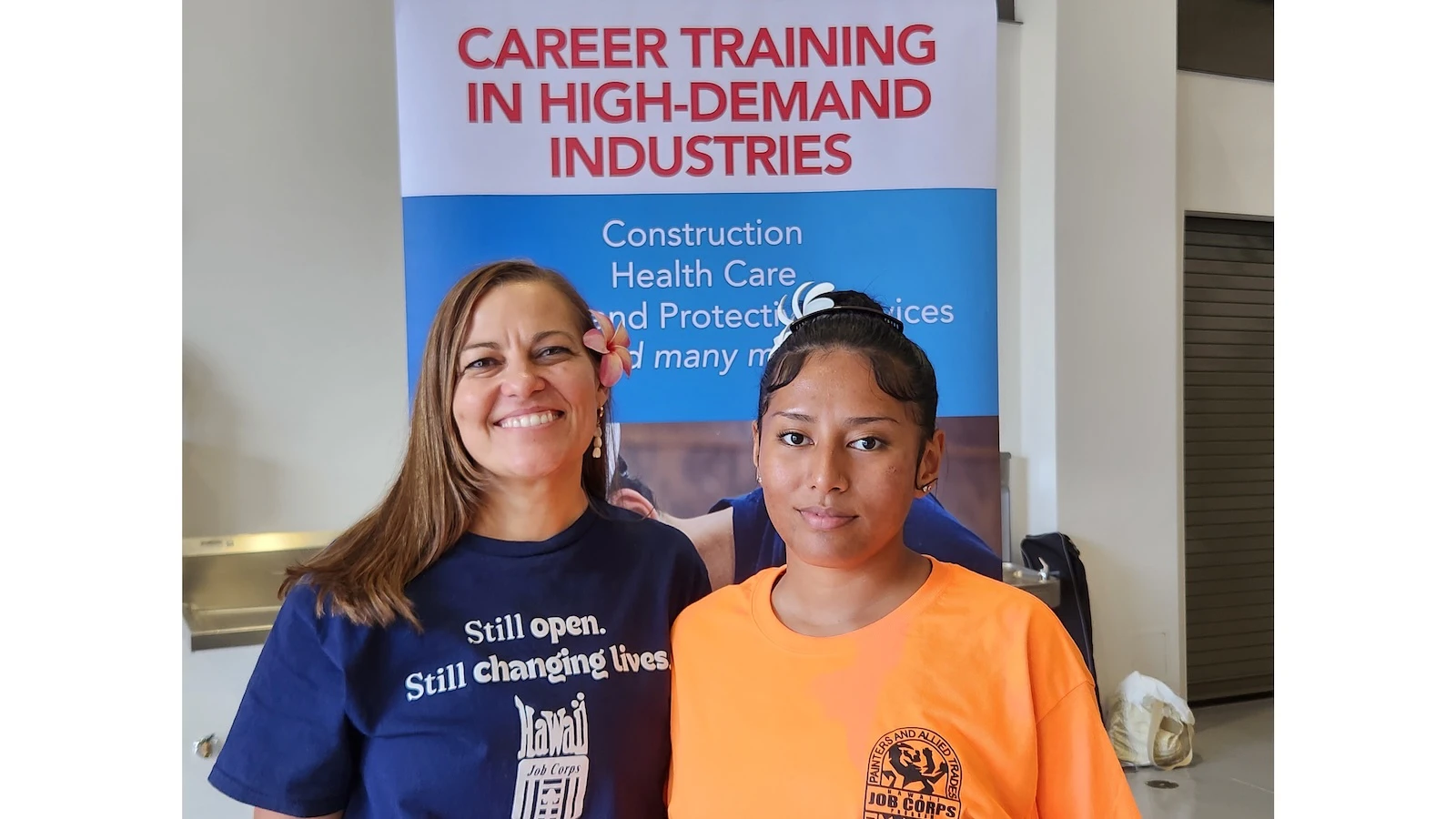State officials broke ground Friday on a long-awaited Wahiawā agriculture and food hub.
The Agribusiness Development Corporation and Department of Business, Economic Development and Tourism held a ceremony Friday to commemorate the start of construction for the Central O‘ahu Agriculture and Food Hub, a facility built on a 34-acre parcel in Whitmore Village that will serve to expand the state's food production base.
The hub is intended to provide manufacturing and industry services at commercial scale, allowing local producers to expand and export out of state. On top of workforce housing developments, the facility is planned to include more than 60,000 square feet of greenhouses, a high-pressure processing facility for food preservation, a manufacturing facility, warehouse space and more.
Meanwhile, the state Department of Education will also construct a Central O‘ahu Regional Kitchen in the hub, which will connect produce from local farms to school cafeterias, serving as a model for similar regional hubs across the state.
Partners in the project — which include DBEDT, the ADC and DOE, as well as the University of Hawaii's College of Tropical Agriculture and Human Resilience, UH Community College System, state Department of Accounting and General Services and Department of Law Enforcement — hope the hub will help fulfill a pair of mandates whose deadlines are approaching fast.
In 2019, Act 151 required Hawai‘i to double local food production and exports by 2030. Then, in 2021, Act 175 established the state farm-to-school program, with a goal of using locally produced food to make at least 30% of public school meals, also by 2030.
Another state deadline is further off, but approaching no less swiftly: Act 176, passed in 2021, requires state departments to use local sources for 50% of their food by 2050.
State Sen. Donovan Dela Cruz said the project is a big step to make those state goals more physically real and prompt greater buy-in from the public and other stakeholders.
"Depending on the commodity we're trying to scale up, whether that's rice or leafy greens or cattle ... we're going to need facilities like these to help those farmers scale up."
ADC Executive Director Wendy Gady said the hub represents about $28 million in water, sewer and utility infrastructure, funded through a DOE grant. A presentation by the ADC suggests that the project has cost upwards of $120 million since the purchase of the land in 2012.
"About 40% of all crops grown never make it to market," Gady said. "When it comes to the farmer's market or retail, you want to to look for the homecoming court, the beautiful fruit, the beautiful vegetables, but there's a place for the rest of us not on the homecoming court. This gives an opportunity for the bell peppers to go into chili, to go onto pizza ... and it's a huge economic boost for our farmers and our food distributors."
According to a project website, the hub is anticipated to be fully completed in 2029, although individual components of the hub could go online sooner. For example, the high-pressure processing facility has a completion date of Sept. 2026.
For the latest news of Hawai‘i, sign up here for our free Daily Edition newsletter.





